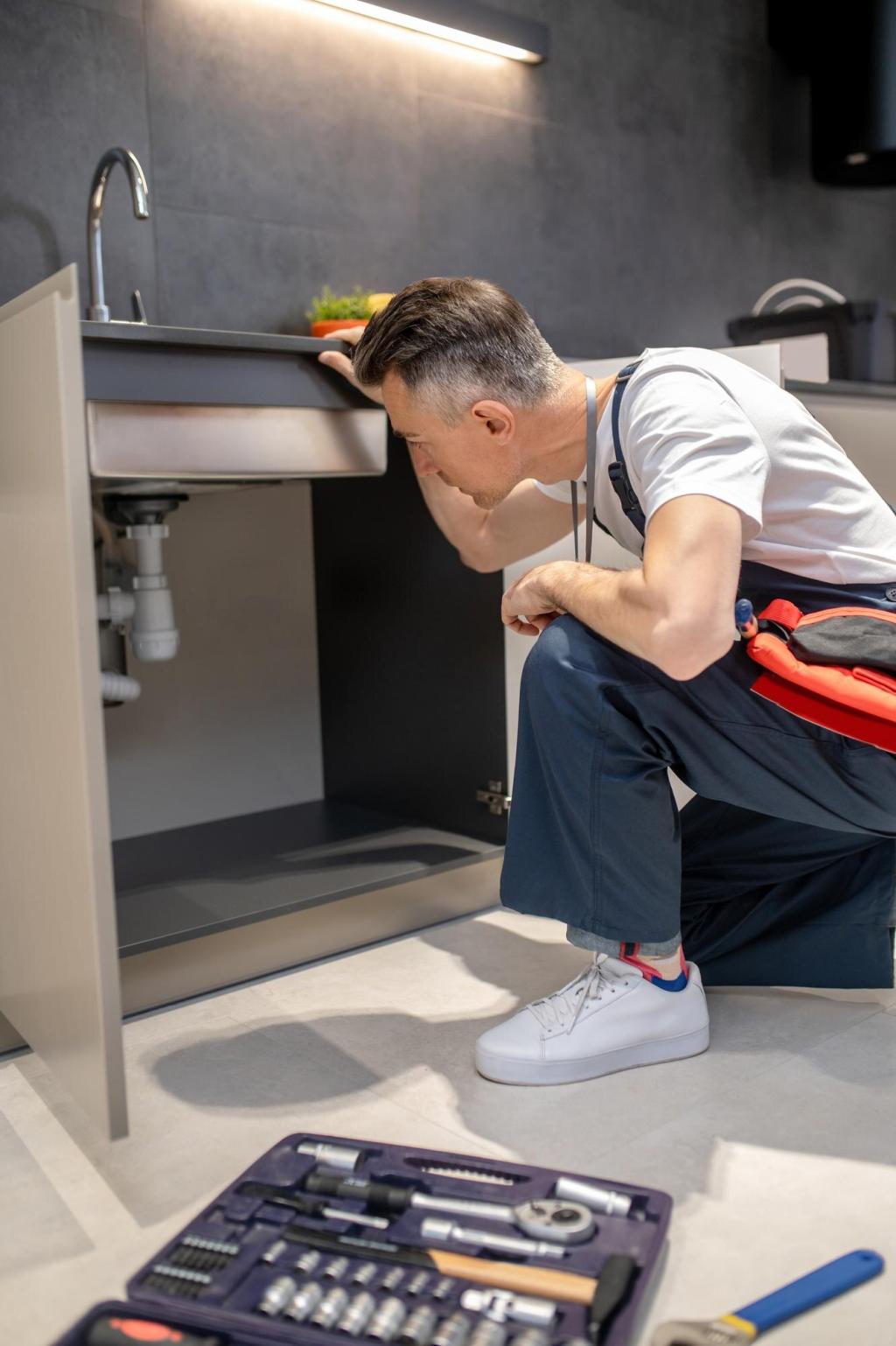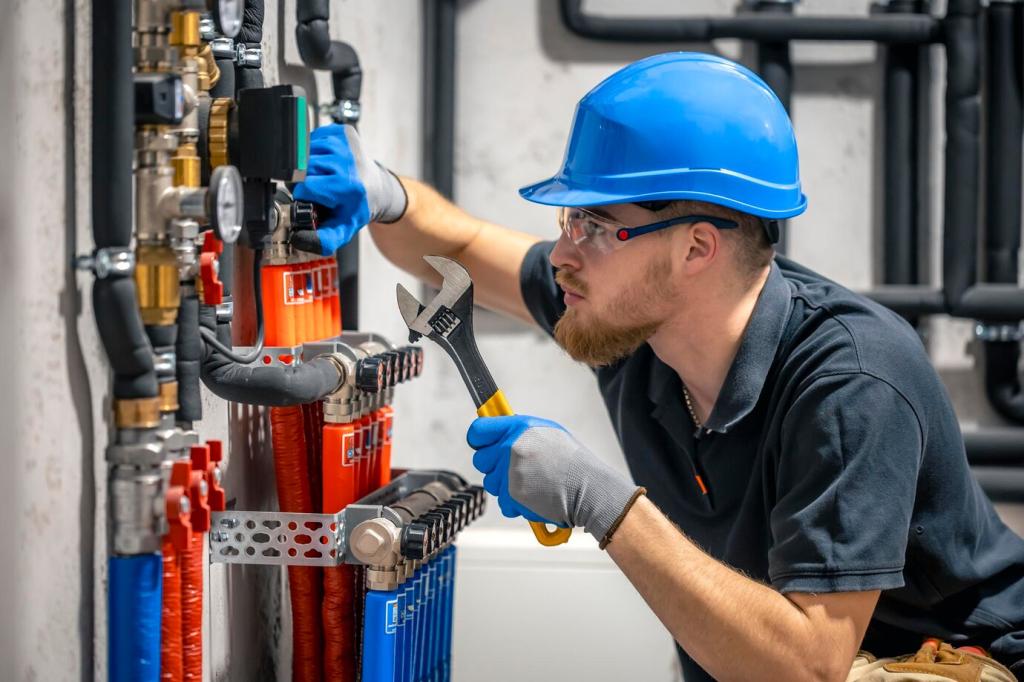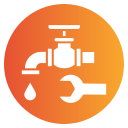Step-by-Step Instructions for Unclogging Drains
Identifying the Cause of the Clog

Blocked drains often display telltale symptoms long before water stops flowing altogether. Slow drainage, gurgling sounds coming from the pipes, and unpleasant odors wafting up from the drain are all early warnings. Water pooling around a drain instead of disappearing quickly may indicate a partial obstruction. Paying close attention to these signs can help you address the issue before it escalates, minimizing disruption and the risk of water damage.
Preparing for the Unclogging Process
Gathering Tools and Safety Equipment
Before beginning, assemble all necessary tools and safety equipment in the immediate area. Common equipment includes pliers, a plunger, a drain snake, rubber gloves, and, if needed, protective goggles. Having absorbent towels on hand can help manage water spills. If you plan to use chemical drain cleaners, it’s essential to ensure good ventilation and readiness to handle any accidental splashes safely. Preparedness minimizes interruptions and lets you focus on the unclogging process itself.
Protecting Surrounding Surfaces and Fixtures
Blockages often involve water overflow and occasional contact with unpleasant substances. To keep your workspace tidy, cover adjacent countertops or cabinet interiors with towels or plastic sheets. Clear away any personal items from around the drain. By taking a few moments to protect the area, you prevent stains or chemical damage to finishes and make clean-up faster after the job is done. This preparation saves time and maintains the condition of your home’s fixtures.
Checking for Underlying Plumbing Issues
Before proceeding with unclogging, consider whether there might be underlying plumbing issues contributing to the repeated blockage, such as old pipes, improper installation, or invasive tree roots. Inspect for visible signs of damage like leaks or corrosion. Persistent or widespread blockages may require a professional assessment rather than a DIY fix. Identifying these issues early can save you from more significant problems down the line and guide you towards a suitable, lasting solution.
Unclogging Techniques and Execution
A plunger remains one of the most effective and accessible tools for clearing drain blockages. Choose a plunger appropriate for the type of drain—a cup plunger for sinks and a flange plunger for toilets. Create a tight seal over the drain opening and apply strong, rhythmic motions to generate suction. This can often dislodge obstructions close to the opening without the need for dismantling pipes or using harsh chemicals. Persistence and proper technique maximize your chances of quick success.

Join our mailing list
